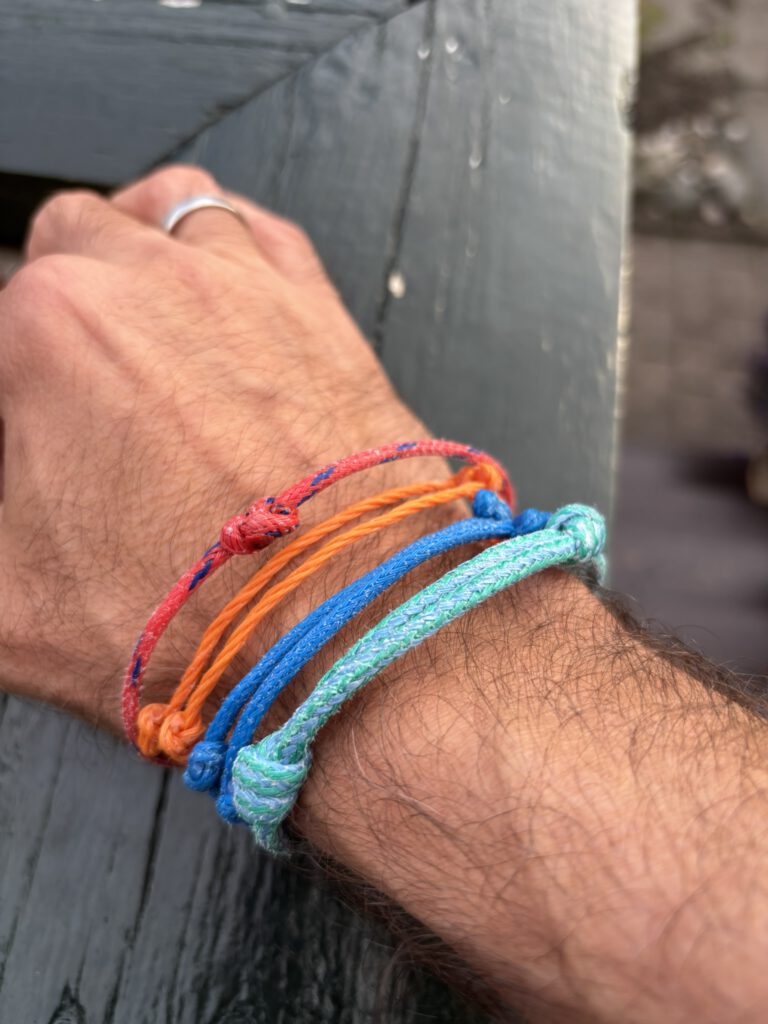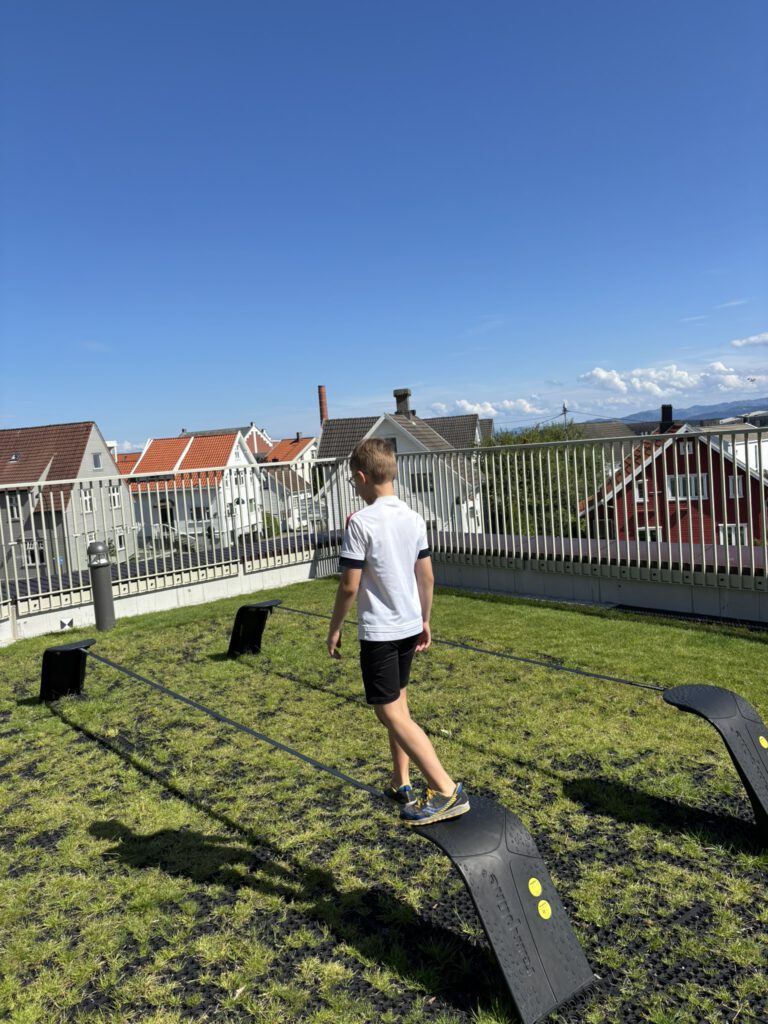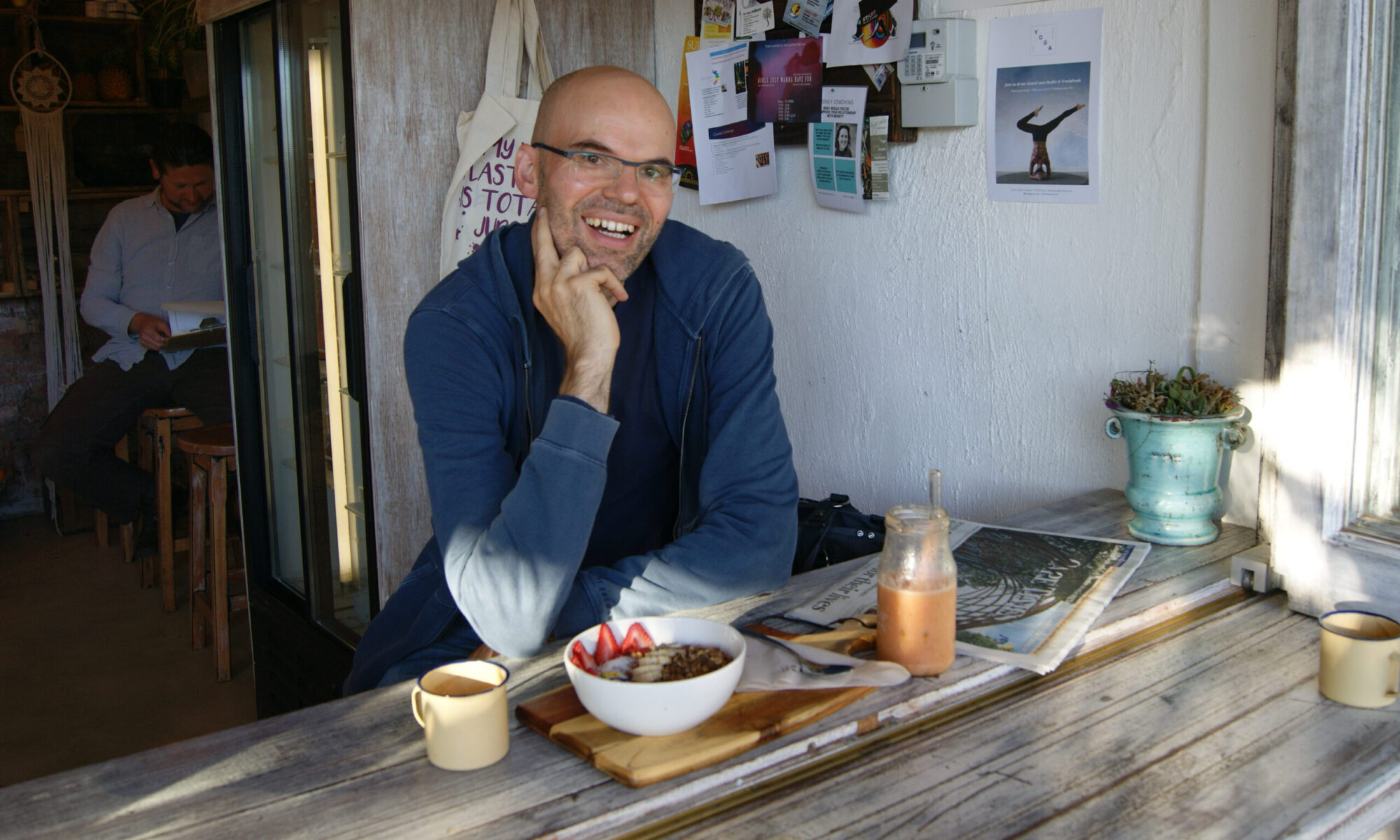Today’s impulse provides you with food for thought and insights into personal balance and how you can pass it on to your child/children.

What do I find interesting about personal balance?
Maintaining inner balance is essential for health and resilience in the face of environmental influences.
In a complex, constantly changing, and unpredictable world, finding your personal balance requires concentration and attention. However, precisely because the „VUCA world“ offers so many distractions, inner peace is a desirable state for me.
The tension/relaxation amplitudes and frequencies may vary from person to person, but knowing my own center („zero line“) helps me maintain balance.
What are the key insights for me?
According to Chinese philosophy, yin and yang are two opposing yet complementary forces. This philosophy teaches us that everything in life consists of a balance between these two forces, and that an imbalance can lead to problems.
Scandinavian philosophy also emphasizes balance, characterized by simplicity, coziness, closeness to nature, and a strong sense of community. It’s no coincidence that people in these countries have a high level of life satisfaction.
The neurologist, psychiatrist, and physiotherapist Nossrat Peseschkian developed a holistic approach. According to his balance-model, four areas of life — body (health and fitness), performance (e.g., professional fulfillment/commitment), meaning (mental-spiritual sphere), and contact (social relationships) — must be balanced.
What am I supposed to do with this?
I learned about this balance model from a chapter in a book[i] by time management expert Lothar J. Seiwert. He recommends finding time-balance in these four areas of life.
Between Christmas and New Year’s, I consciously consider what I want to work on in each of the four areas of life in the coming year and what I want to achieve in each area. Then, I devise appropriate strategies.
I take it a step further by setting aside sufficient time slots for each area of life each week. This allows me to apply the model to my daily life and avoid setting priorities in a one-sided manner. In doing so, I activate the power of habit through routines and the subconscious. For years, I have felt myself becoming more fulfilled and balanced.
Lastly, I assigned a color to each area of life and bought four matching bracelets to remind me of my personal balance (see the opening photo).
[i] vgl. Seiwert, Lothar J. Life-Leadership, in Scherer, Hermann (Hrsg.), Von den Besten profitieren, GABAL-Verlag, Offenbach, 4. Auflage 2001: S. 256
Food for thought for children on personal balance
Children would prefer if every day were a holiday or birthday. I explain to my son that the best part about special occasions is the joy they bring. However, he would no longer feel this way if it were „everyday life.“
I tell him that plants need sun and rain to grow and that, after periods of effort, we need periods of rest. I try to set the best possible example for him in terms of this balance, setting aside time for family and friends, sports, and healthy eating.
The Scandinavian philosophy of life emphasizes abundance and balance in life, which is important to me.
I want my son to spend time in nature regardless of the weather to experience it and feel it. And I a cozy and relaxed atmosphere at home, e.g., by eating together (which is not so easy in the morning when the school bus sets the pace).
I also try to incorporate the Swedish concept of „lagom“ (not too much, not too little, just right) into my parenting. It teaches children to find balance in life, avoid stress, and value equilibrium. For instance, I don’t plan all of his free time. I pay attention to his wishes and listen when he wants a change to achieve balance. I also support him in finding compromises with others that take everyone’s interests into account equally.
Personal balance can be experienced physically. Here you will find balance exercises for children: https://www.spielundlern.de/wissen/balance-bei-kindern/

